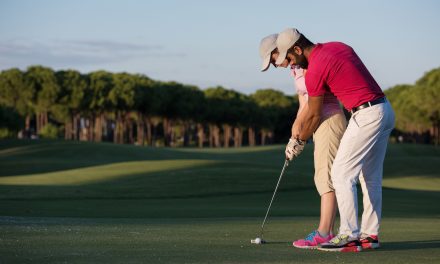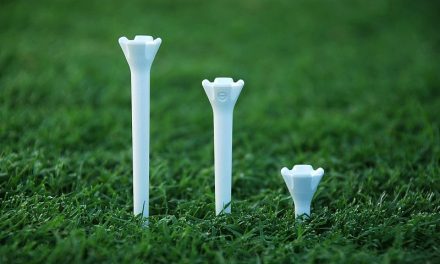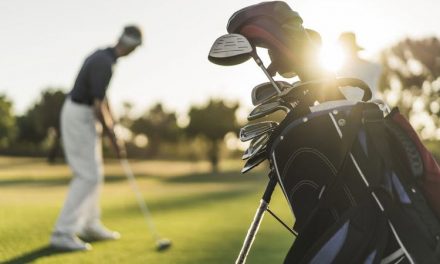The putter is one of the most used clubs in the bags of most golfers. However, with a variety of choices available today, many golfers have a challenge choosing the right putter. This is why you need to pay close attention to ensure that you make the right choice. If possible, it is ideal for every golfer to be professionally fitted for their putter. These tips can help you make the right selection of your putter.
Putter weight
The weight of a putter and how it is distributed on the club is a major consideration for a golfer. Bottom-heavy and top-heavy putters can be challenging to wield and may be somewhat inconsistent and inaccurate on the greens. When putting on slower greens, then you need to use a slightly heavier head to boost your chances of getting the ball into the hole. A lighter putter is ideal on faster greens as it helps you retain some feel when you are putting.
Length
When it comes to putters, length is an important consideration. The length of the putter will affect your posture, how you set up the golf ball, your eye position over your ball, and the stroke path. You should also be comfortable with the length of putter that you are using. Customary putters have a length of between 32 and 36 inches. However, over the years, there has been an emergence of long putters that measure up to 50 inches. With putters, there is no standard length for everyone and this is why you need to choose a length that suits your stance.
Head style
The common putter head styles are mallet putters and blade putters. Mallet putters usually give more forgiveness on the rolling and direction due to weight distribution. Most golfers usually start using a blade putter in their bag. However, mallet putters are becoming more popular because of advancement in stability and control through the stroke. Players with arc stroke perform better when using blades due to the weight distribution between the toe and heel. For more details, check out Golf-Industry.com putter reviews.
Balance
Face-balanced putters mainly use the center of gravity to restrict the putter’s ability to close on the follow through and open on the backswing. This makes them a perfect choice for players that have a straighter putting stroke. Toe-balanced putters have a greater allowance for the face to close and open during the stroke. This makes them a perfect choice for players who have an arc in their putting stroke.
Type of grip
There are many grip styles that are currently on the market today. Choosing the grip for your putter should mainly be based on personal preferences. Keep in mind that a wider grip offers a sensation of a lighter head weight and a lighter grip gives you a sensation of a heavier head weight. In addition, using a wider grip tends to separate your hands on the golf club and can help to reduce wrist flicking or hinge in the putting stroke.
With all the above-mentioned tips, you can choose the right putter for your game and start holing more putts. Be sure to research extensively on the available putters in the market and try several options before making your final decision.











